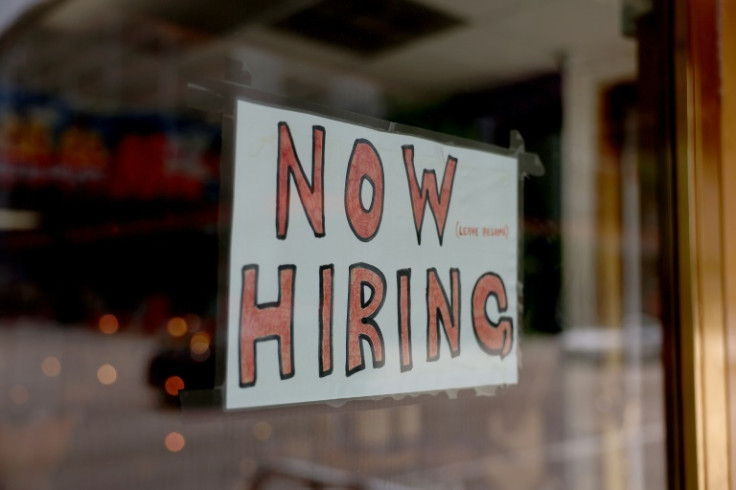The U.S. economy started 2024 on a strong note, adding 353,000 jobs in January, while the unemployment rate kept steady at 3.7%, according to Friday's report from the Labor Department. The robust employment figures exceeded expectations, signaling a labor market that is not slowing down as previously thought.

January's job gains continued a surge from the previous month, which saw 333,000 jobs added -- a figure later revised higher by 117,000. The upward momentum was not limited to January, as job gains in November were revised slightly higher, exhibiting an increasing trend in employment.
The data portrays that hiring was particularly strong in sectors such as health care, retail, and professional and business services. However, some industries, including mining and oil and gas extraction, saw job losses. The labor force participation rate, which measures the share of workers actively seeking employment, stood at 62.5% in January.
One positive aspect of the report was an increase in average hourly earnings, a key indicator of wage growth, which rose by 0.6% in January. Over the past 12 months, average hourly earnings went up by 4.5%. This surge in wages is expected to impact the Federal Reserve's decision-making regarding interest rates. Federal Reserve Chair Jerome Powell recently downplayed the possibility of a March rate cut, highlighting the need to maintain cautious optimism amid signs of labor market strength.
Despite high-profile layoffs in certain industries, the overall labor market is heating up. The January report showed the resilience of the U.S. economy, disputing predictions of a slowdown. However, the positive employment figures could raise questions about the timing of potential interest rate cuts by the Federal Reserve.
"This was a blowout jobs report and will vindicate the recent posturing by the Fed, which effectively ruled out an interest rate cut in March," noted George Mateyo, Chief Investment Officer at Key Private Bank. The report's mention of strong job gains and faster-than-expected wage growth may lead to a delay in rate cuts for 2024, making market participants recalibrate their expectations.
The U.S. GDP defied expectations, increasing at a robust 3.3% annualized pace in the fourth quarter of 2023. The overall economic growth in 2023 disregarded predictions of a recession, even as the Fed raised interest rates to tackle inflation.
Furthermore, a more comprehensive measure of unemployment, including discouraged workers and those with part-time jobs for economic reasons, has grown higher to 7.2%. These variations display the complexity of the economic landscape, requiring a careful balance between supporting growth and addressing potential inflationary pressures.







